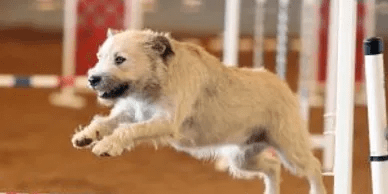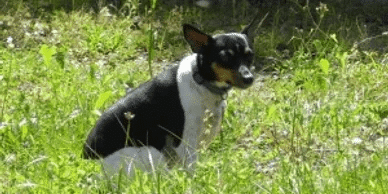
Starting a new series of animal communication conversations on Facebook each Monday. Chime in and let me know what you think and who you would like to hear from next!
Springtime always sparks a new round of chicken politics at Dragonfly Pond Farm. Roosters get full of themselves and start herding hens, and the multiple coops they have to choose from for safe nighttime roosting become a battleground at dusk. One speckled hen stays calm amid all the commotion; she heads hastily in the opposite direction and roosts on a high shelf in the horse barn instead of in the coops with the rest of the chickens.
We’re not great fans of chicken poop on the barn shelves, but she’s been doing this for a long time, and we’ve grown tired of arguing with her about it. Unfortunately, she has begun leading the two new roosters into badness. Lured by her speckled greatness, they have also decided to roost in the barn.
This leads to more poop on the barn shelves. This. Has. To. Stop.
After several evenings of chasing the hen’s two Romeos back to the coops (where they proceed to argue with the old roosters about who will roost where), I decided to have a conversation with our speckled siren. I expected her to tell me that the other hens are mean and uppity and she can’t abide them any more than they can abide her, and furthermore, the old roosters ought to know better than telling her what to do and where to roost.
I was wrong. (And when an animal disabuses me of my preconceived notions, it’s a clue that I’m on the right track.)
The speckled hen reminded me why she’d started roosting in the barn—an event that happened two or three years ago that I’d forgotten about. There had been two equal-sized flocks when she was young, until one day, both flocks ventured into the woods behind the house to forage as usual. I was inside the house, sitting at my computer and writing, when the speckled hen flew into the back door’s glass pane, trying to get inside. I ran out and found her huddled in the corner of the porch, shivering in fear. She and one other hen (who came back later in the day) were the only two to survive a coyote massacre.
The rest of the hens and the old roosters would welcome her into their flock (in fact, the roosters would insist on it if they could) but they didn’t experience the massacre, so every day, they troop out to the swamp and the woods beyond, where the most juicy worms and frogs and bugs live. She forages in and around the barn, in the flat wide-open field where she can see any predator in plenty of time to hightail it back to the barn’s highest shelf. And the two young roosters who have fallen in love with her are happy to go wherever she goes.
But Hans (my husband and the cleaner-of-the-barn) draws the line at roosters. Besides, the speckled hen enjoys her quiet mornings unmolested by randy roosters.
So the hen and I have reached an understanding. She can continue to roost in the barn. Her roosters will have to make do in the coop. For her safety, she will stay close to the barn and the house until Hans lets the roosters out, and then she is free to lead them into whatever badness she wants to get up to in the horse field.
We think it’ll work.










